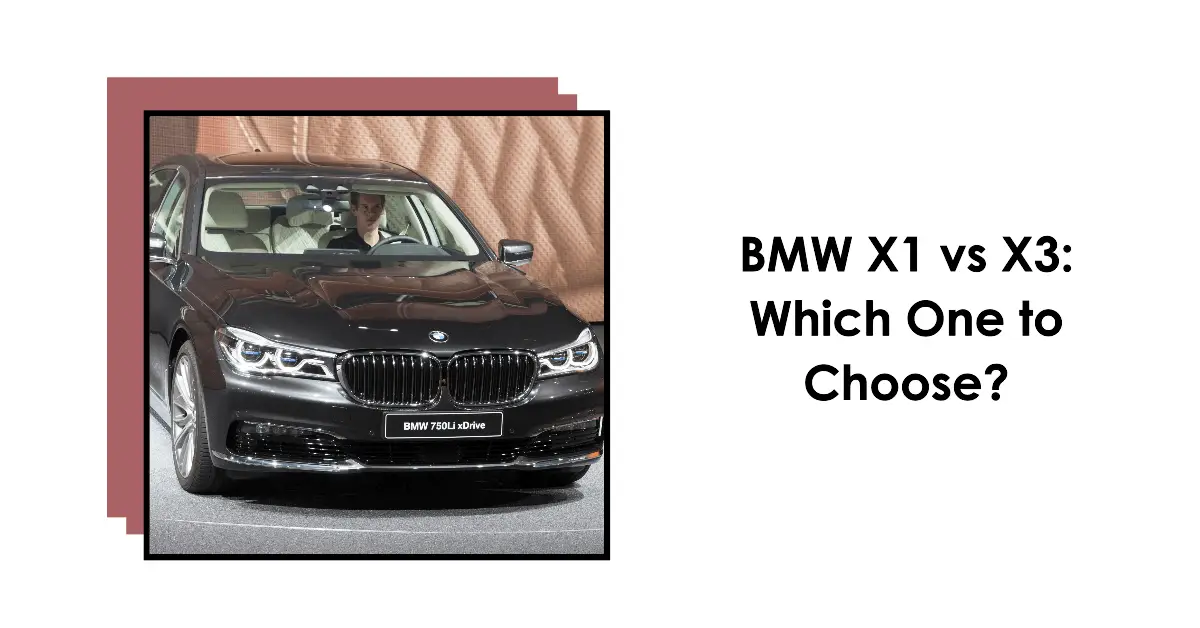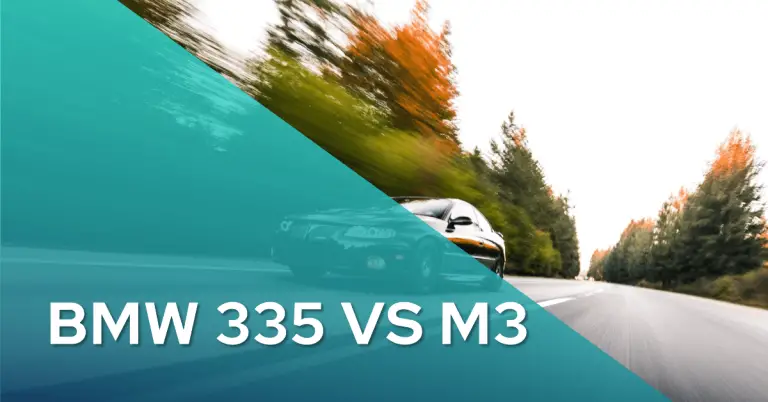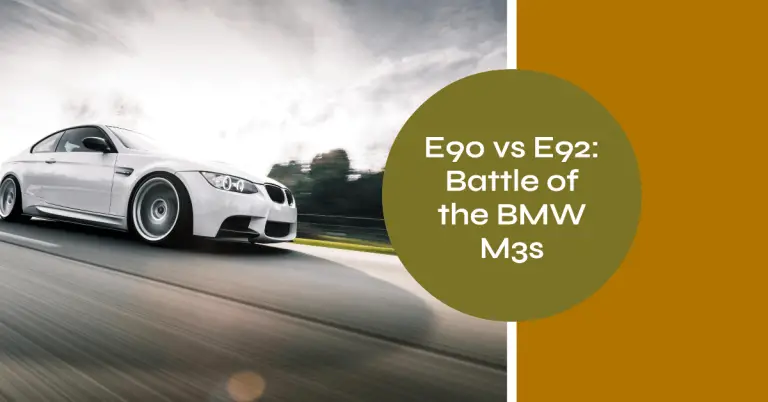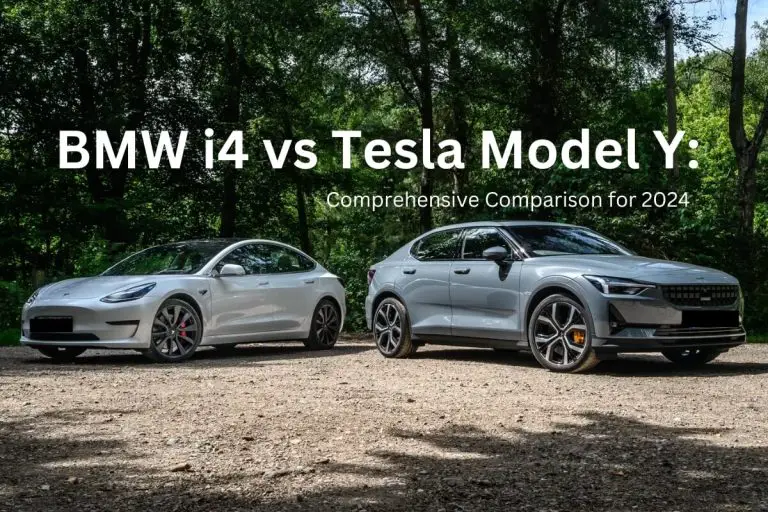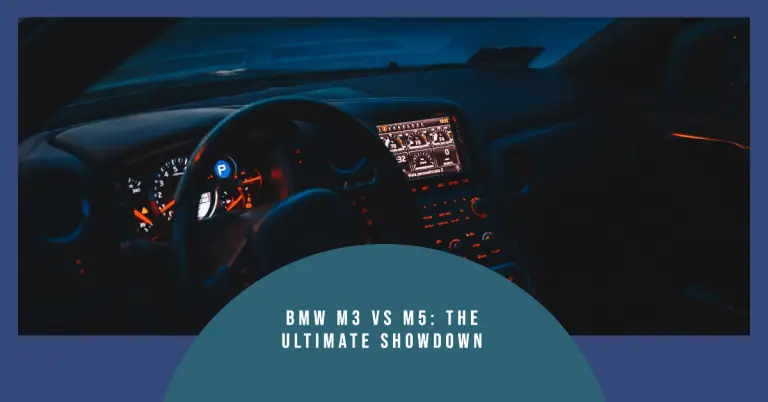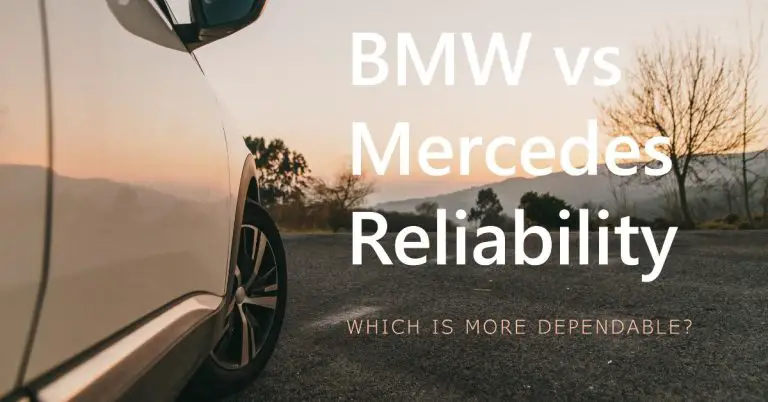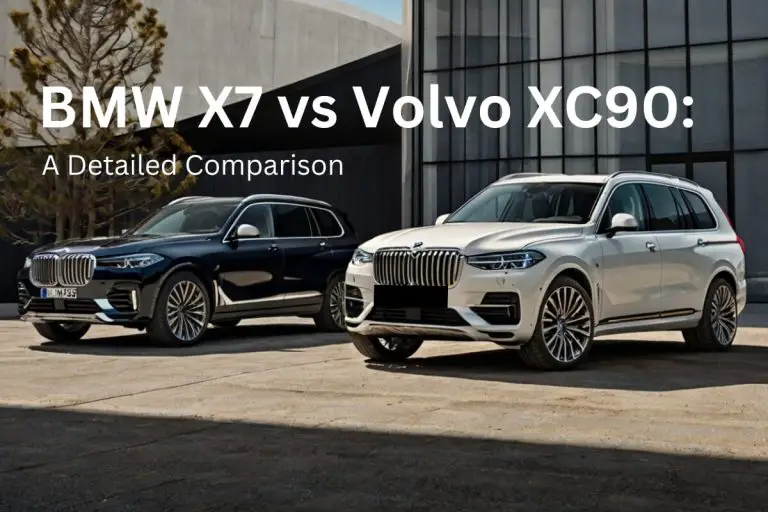BMW X1 vs X3: Which Compact Luxury SUV is Right for You?
If you’re looking at BMW’s lineup of luxury crossovers, you’re likely debating between the BMW X1 and X3. As the entry-level and compact SUV models from the German automaker, these two share a lot in common but also have some key differences. The X3 is larger and more powerful, but the X1 offers great value in a smaller package.
So should you opt for the 2023 BMW X1 or stretch your budget for the 2023 X3? By comparing exterior size, performance specs, interior features, cargo space, pricing, and more, we’ll help you decide!
Exterior Dimensions – Which SUV is Bigger?
When looking at the X1 vs X3 exterior, the X3 is noticeably larger overall:
- Length: The X3 is 185.9 inches long, while the X1 measures 175.5 inches in length. The X3 is over 10 inches longer.
- Width: The X3 has a width of 74.7 inches compared to the X1’s width of 71.7 inches.
- Height: The X3 stands taller at 66.3 inches high, vs the X1 at 60.6 inches.
- Wheelbase: The X3’s wheelbase is 112.8 inches vs the X1’s 105.1 inch wheelbase.
- Ground Clearance: With 8.7 inches of ground clearance, the X3 sits higher off the ground than the X1’s 7.2 inches.
So while both are compact SUVs, the X3 is definitely larger overall in its exterior dimensions. This translates into more passenger and cargo space.
Performance and Powertrain Options
The X3 offers more powerful engine options than the X1:
- Base Engine – X1: The standard X1 engine is a 2.0L turbo 4-cylinder making 228 horsepower and 258 lb-ft torque, with FWD.
- Base Engine – X3: The X3 has a more powerful 2.0L turbo 4-cylinder with 248 horsepower and 258 lb-ft torque, with RWD standard.
- Upgrade Engine – X1: The X1’s upgrade option is a 2.0L turbo 4-cylinder making 302 hp and 332 lb-ft torque, with AWD.
- Upgrade Engine – X3: The top X3 engine is a turbo 3.0L inline 6-cylinder with 382 hp and 364 lb-ft torque, with AWD standard.
- Acceleration: The base X3 can reach 60 mph in 6.0 seconds. The base X1 takes 6.3 seconds. With the upgraded engines, the X3 hits 60 mph in as fast as 4.4 seconds while the X1 does it in 4.7 seconds.
- Fuel Economy: The X1 gets up to 26 mpg city/33 mpg highway. The X3 is rated for up to 23 mpg city/29 mpg highway. Mileage favors the X1 slightly.
If you want maximum performance and acceleration, the X3 has a clear advantage over the X1 with its stronger engine, RWD handling, and available turbo inline 6-cylinder. But the X1 offers decent zip and fuel economy.
Interior Features and Tech Comparison
Inside the cabin, here’s how the X1 and X3 interiors compare:
- Seating: Both come standard with synthetic leatherette seats. Genuine leather seats are optional. The X3 has larger and more padded seat cushions for added comfort.
- Finishes: You’ll find similar premium finishes in both, but the X3 uses more soft-touch surfaces and extra trim accents for a more upscale look and feel.
- Infotainment: The latest iDrive 8 system with a curved digital dashboard and 14.9″ touch display is standard. Wireless Android Auto and Apple CarPlay are included. The X3 adds more rear seat entertainment screens as an upgrade.
- Audio: A premium Harman Kardon surround sound system is available for both models. The X3 gets an additional upgrade option for a Bowers & Wilkins Diamond 3D surround system.
- Navigation: Built-in navigation with route guidance is included with the iDrive infotainment system.
- Connected Services: BMW’s ConnectedDrive provides safety, service, and convenience features accessed through the BMW app. The X3 gets added connected capabilities like remote start and vehicle control through the app.
- Driver Assistance: You’ll find all the latest advanced safety tech standard, like blind spot monitoring, forward collision warning, automatic emergency braking, lane keep assist, and adaptive cruise control. The X3 adds more proactive driving aids like lane centering assist and front cross-traffic alert.
- Climate Control: Dual zone automatic climate control is standard. The X3 adds ventilated front seats and heated rear seats as an upgrade.
Overall, both SUVs deliver a suitably luxurious and tech-filled interior experience. But the X3 does offer more available upgrade options to take the luxury to an even higher level.
Seating and Cargo Space
The X3’s larger exterior translates into more generous seating space and cargo capacity:
- Front Headroom: With 41.1 inches of front headroom, the X3 gives front passengers an extra inch of head clearance vs the X1’s 40.1 inches.
- Rear Headroom: The X3 has 38.5 inches of rear headroom while the X1 comes in at 38.2 inches.
- Legroom: Front legroom is nearly equal at 41.5 inches in the X3 and 41.4 inches in the X1. But the X3 offers more back seat stretch-out space with 37 inches of rear legroom over the X1’s 37 inches.
- Cargo Capacity: Behind the rear seats, the X3 can hold 28.7 cubic feet of belongings vs 27.1 cubic feet in the X1. Folding the rear seats down opens up 62.7 cubic feet of cargo volume in the X3 and 58.7 cubic feet in the X1.
The X3 clearly offers those in both the front and rear seats a little more room to spread out. And it provides extra space for your cargo and luggage as well, giving it an edge for family adventures.
Safety Features and Ratings
The X3 edges out the X1 slightly when it comes to safety:
- Crash Test Results: Both earn top scores from the NHTSA with 5 stars overall and 5 stars in all subcategories. The IIHS named the X3 a 2022 Top Safety Pick +, while the X1 earned the next highest rating of Top Safety Pick.
- Airbags: You’ll get all the essential airbags – front, side curtain, and side torso airbags for front and rear passengers. The X3 adds front knee airbags.
- Collision Mitigation: Forward collision warning with automatic emergency braking, blind spot monitoring, and lane departure warning all come standard for collision avoidance. The X3 includes additional tech like front cross-traffic alert.
- Parking Aids: The X3 ups the parking and maneuvering assistance with standard parking sensors, rear auto braking, and a surround view camera system. The X1 only has rear parking sensors and front/rear cameras.
- Headlights: Both come with LED headlights and automatic high beams. The X3 adds adaptive headlights that turn with the steering angle.
- Driver Aids: Lane keeping assist, adaptive cruise control, traffic sign recognition all take some stress off the driver. The X3 includes more advanced driving aids like traffic jam assist and lane centering.
The X3 nudges ahead of the X1 with front knee airbags, extra collision tech, and more parking and lighting features. But both SUVs still offer an extensive set of modern safety and driver assistance.
Pricing and Trim Levels
The BMW X3 costs approximately $5,000 – $10,000 more than the X1 depending on trim:
- X1 Trim Levels: The X1 starts at $35,400 for the sDrive28i, then the xDrive28i at $37,400, and the M35i at $45,600.
- X3 Trim Levels: The X3 lineup begins with the sDrive30i at $45,200, xDrive30i at $47,200, xDrive30e plug-in hybrid at $49,600, and M40i at $58,400.
- Options: Major options groups like a panoramic moonroof, driver assistance package, premium package, and others range from around $1,700 up to $4,500 on both models.
- Fully Loaded: A top of the line X1 M35i with all the fixings will top out around $54k, while a loaded X3 M40i can approach $70k.
The X1 definitely offers strong value and gets you into the BMW crossover lineup at a more budget-friendly starting price. But moving up to the X3 brings more standard features, plusher materials, more room, and stronger performance at a moderate price increase.
Verdict – Which Model is Better Overall?
The BMW X3 is the better compact luxury SUV overall, but the X1 offers great value and capability in a smaller package.
The X3 justifies its higher price with superior performance, more passenger and cargo space, extra luxury options, and additional high-tech safety and convenience features. It feels like the more premium and capable crossover. But the X1 holds its own with brisk acceleration, composed handling, and nicely executed interior details at a cheaper price point.
It comes down to your needs and budget. Those wanting maximum space, power, and luxury in this segment will prefer the X3. But the X1 delivers an impressive dose of BMW’s coveted driving dynamics and upscale presence for less. Considering taking both for a test drive, but the X3 offers more substance to match its price.
In the end, the extra interior room, stouter powertrains, upgraded interior materials and tech, and refined driving manners make the 2023 BMW X3 the best option between these two compact luxury SUVs. But don’t discount the X1 – it squeezes standout value into its smaller footprint.

